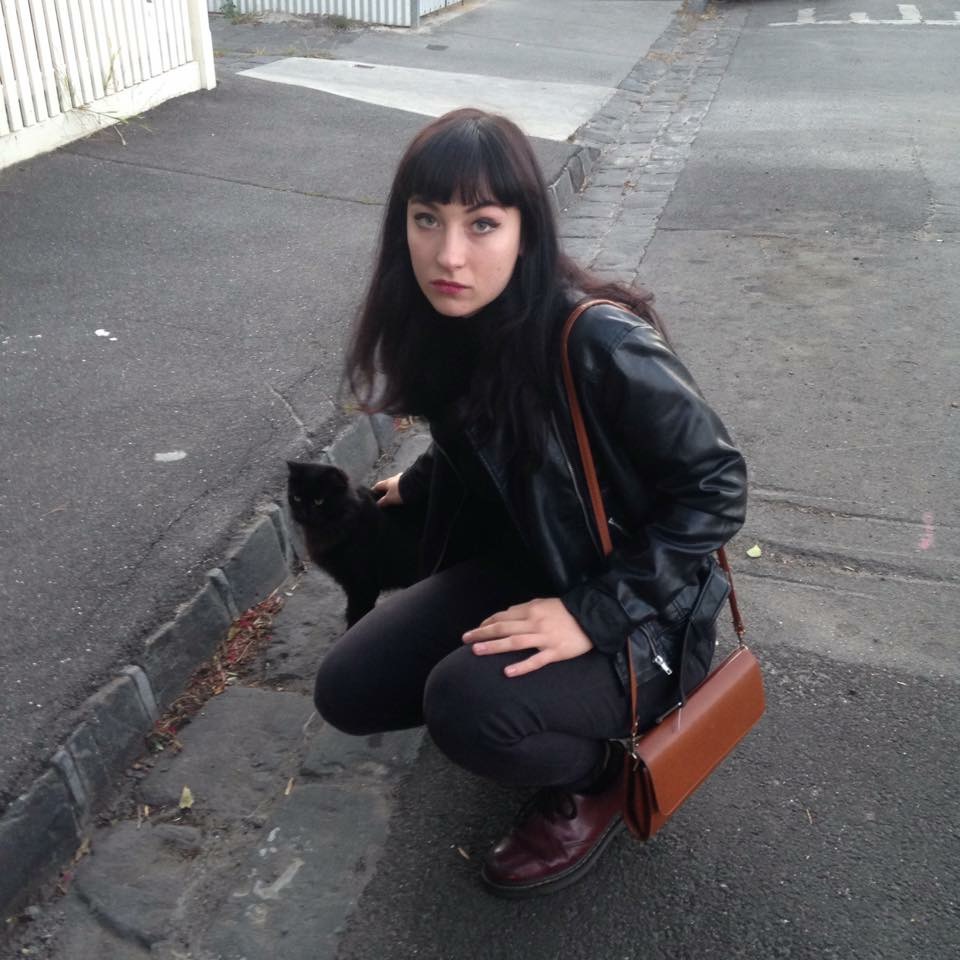In anticipation for the upcoming season, I’ve recently revisited Westworld. This particular scene occurs twice within the season, and in each version, the stakes have changed. The scene depicts the outlaw Hector and his gang robbing the saloon – an integral narrative the characters repeat as an attraction for the visitors of Westworld. In the first robbery happening early in the season, the characters are premiering the robbery performance. In the second, the stakes have changed and the characters have become aware of the stakes, and this time the robbery is part of a ruse – their performance is trivial. I will analyse the way the use of diegetic and non diegetic sound in each clip illustrates this shift in narrative.
FIRST ROBBERY
In this robbery, we open with a cover of Paint It Black by The Rolling Stones as the menacing gang ride in to the town. The foley artists would have had a field day with this show, the gunshots along with the clinking of cowboy boots along wooden floors brings me back to The Foley Man video we watched in class. As the song builds, there in an incredible moment where Hector shoots the sheriff in the head – this action drastically changes the music and vision. The gunshot is both diegetic and non diegetic; its unsure to say whether the clash is an echo of the shot or a deep bass drum when the music begins its crescendo. The vision slows and we enter a slow motion unfurling of the mechanics of the heist. This slow motion breaks when Armistice begins firing rounds at the townspeople, nearly matching the beat of the song. Paint It Black creates a fearsome and calculated performance perfectly interwoven with action and diegetic sound.
SECOND ROBBERY
In this clip the stakes have changed as the characters are now to perform their same heist but under new circumstances. This clip is intended to make the performative duties of the park’s hosts appear trivial to the viewer at home. Thus we hear a new, less fearsome ballad – Carmen Habanera – Georges Bizet, 1875. The build of this song brings a much lighter, even comedic sense to the robbery. The producers are showing us the same scene again, but far less fearsome than the original. The action as a far slower pace, completely a slow mo, and offers more focus on the park directors. This is intended to show that the hosts are manipulating the directors right under their noses.
The use of diegetic and non diegetic sound in these two clips produce two incredible examples of how sound creates tone, even in the most similar of circumstance.
